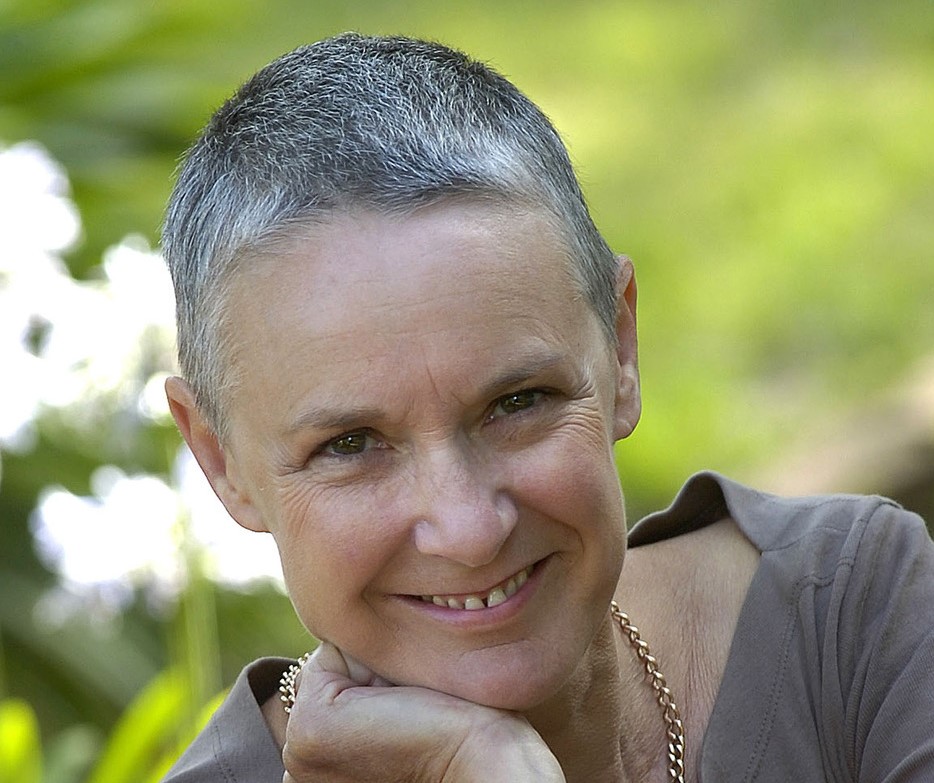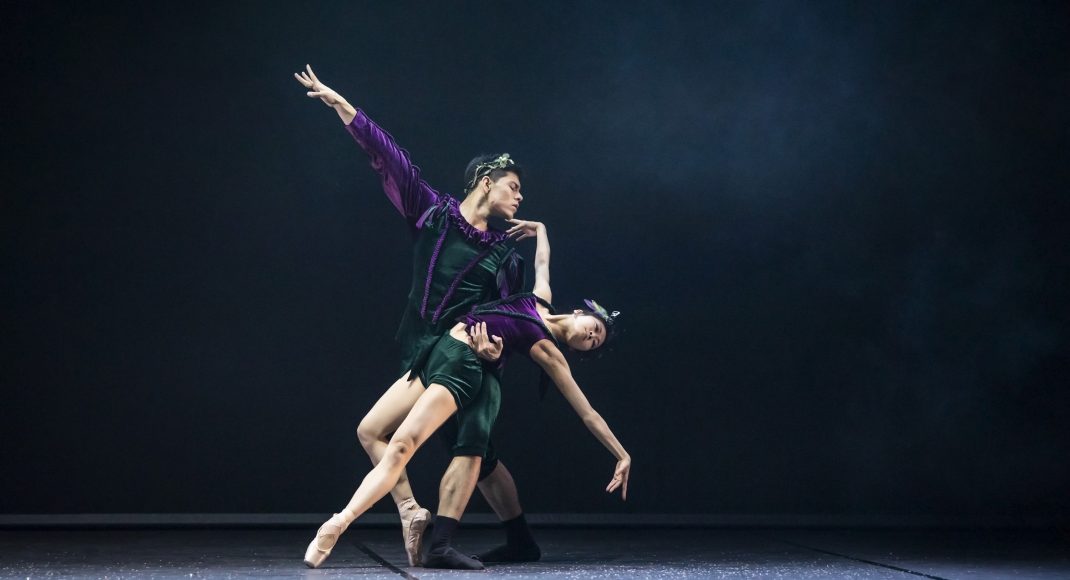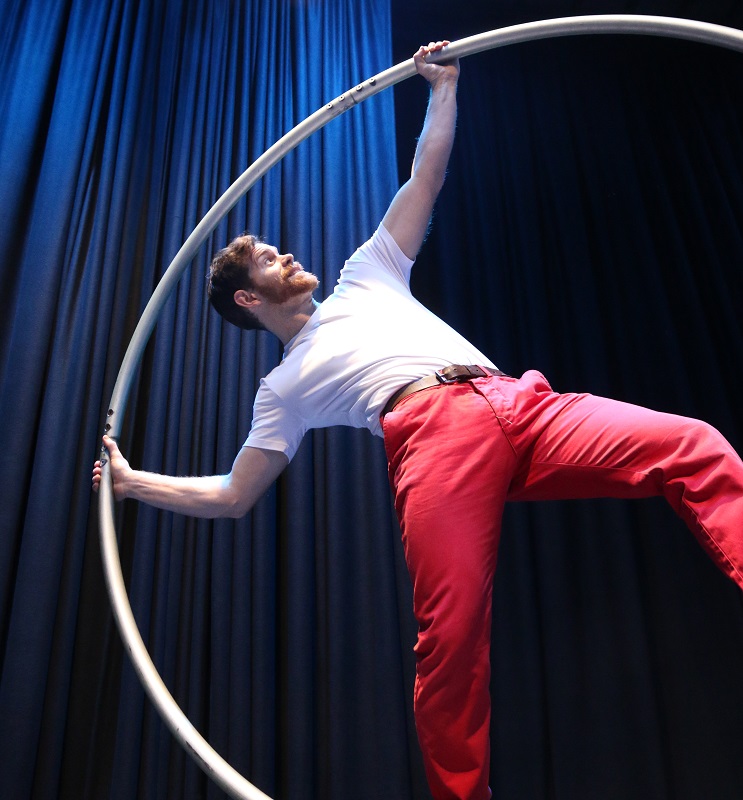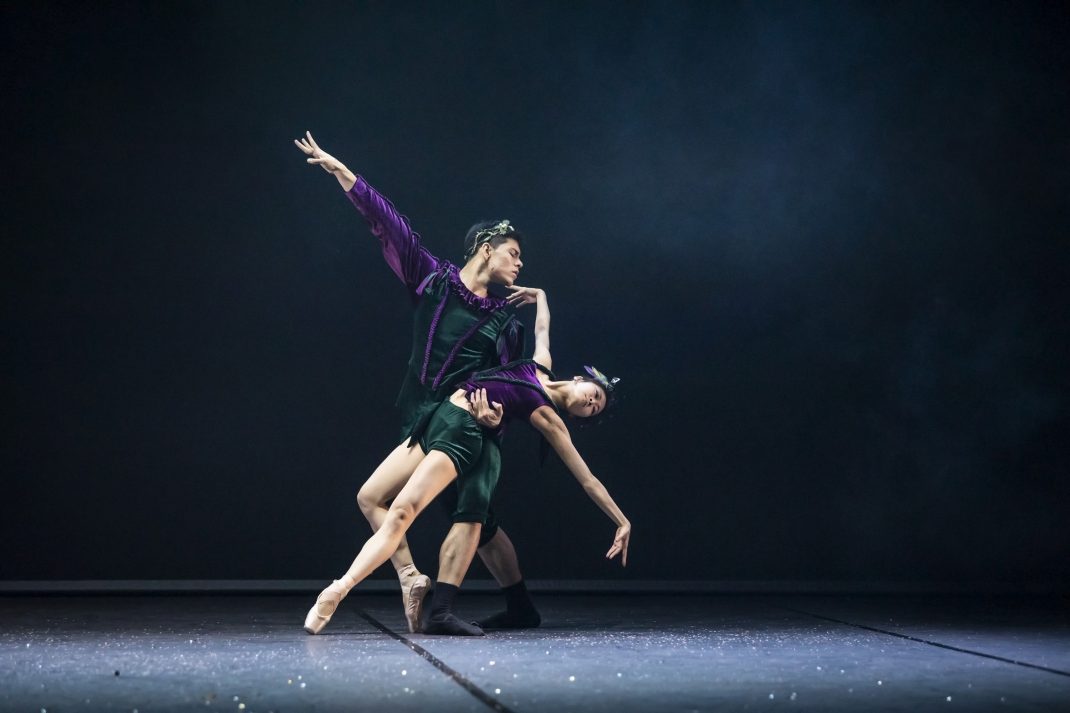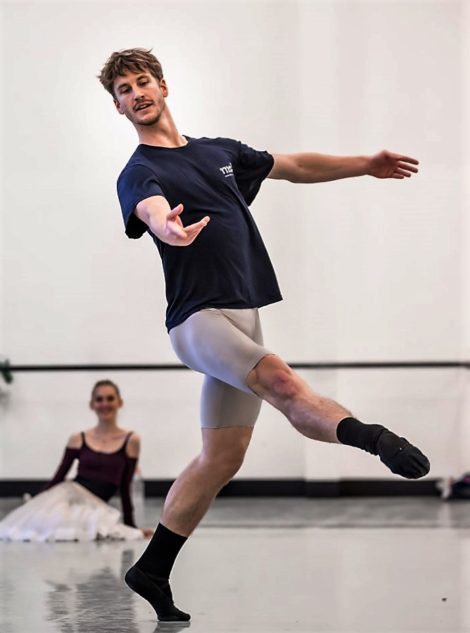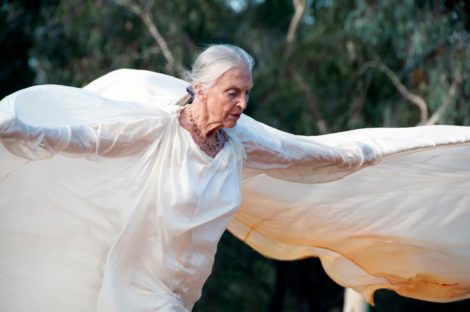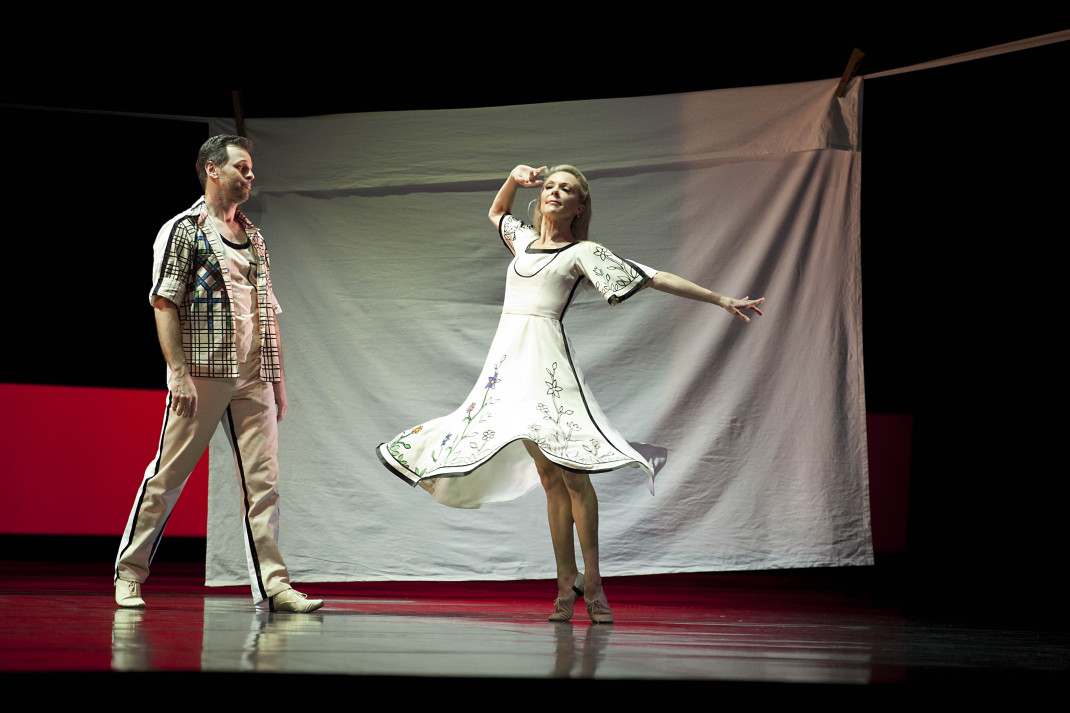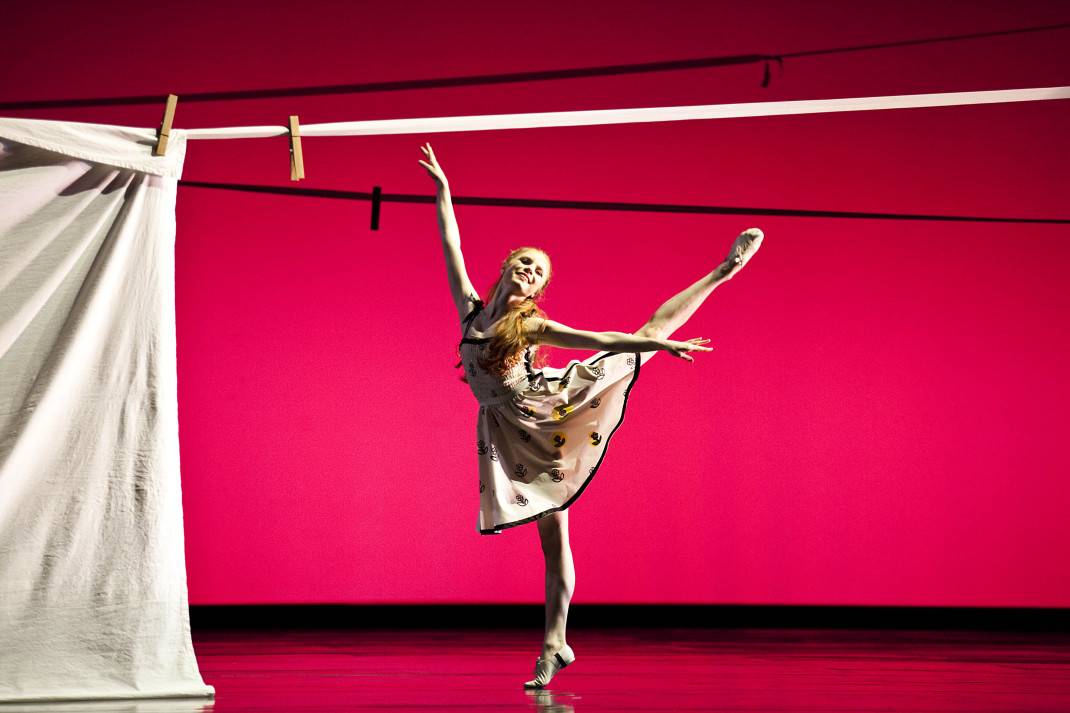Annie Greig, who has died just a few days short of her 68th birthday, was born and grew up in Launceston and took her first dance lessons there from Nelly Dova. But, as a young teenager, Greig gave up those ballet classes when her interest in school sports and physical education activities began to occupy her time. When she handed in her ballet shoes to Dova, as a symbol of her changed interests, Dova said to her ‘You will come back.’ While Greig did not go back to ballet, she did fulfil Dova’s prediction. Other forms of dance, and a whole variety of related activities, did become the major focus of her life.
After finishing school Greig undertook a course in Physical Education at the College of Advanced Education in Hobart. As part of that course she had a secondment with Adelaide’s Australian Dance Theatre (ADT), then under the direction of Elizabeth Dalman. It was working with Dalman that sparked her interest in contemporary dance and Greig regarded Dalman as the most significant influence on her career during the 1970s. While on secondment with ADT she also took mime classes at Flinders University with Zora Semberova and was influenced by the approaches of Eleo Pomare and Jennifer Barrie who were working with Dalman at the time.
Greig began teaching after completing her course in Hobart and then, following a recreational trip trip to Europe in 1977, she received a Fulbright scholarship in 1979. The Fulbright enabled her to undertake a Master’s degree in dance and dance education at New York University. It was in New York that she developed her interest in film and video production and won awards in that area in the early 1980s at the American Dance Film and Video Festival. As well as gaining her Master’s degree, in New York she worked for a year with choreographer Alwin Nikolais, especially on cataloguing the records of the Alwin Nikolais Company and of the creative career of Nikolais and Murray Louis. Nikolais she regarded as another major influence on the direction her life took. He was, Greig said, ‘such a holistic artist, creating his own sound scores, costumes, lighting designs as well as his ingenious choreographic works.’
Greig returned to Australia in the early 1980s and, after a brief stay in Tasmania, worked freelance in Sydney, taking on a range of teaching positions as well as undertaking advocacy and volunteer work for Ausdance NSW. But in 1986 she was offered a position as co-ordinator at the National Aboriginal and Islander Skills Development Association (NAISDA). There she developed the organisation’s touring program and oversaw the accreditation of NAISDA’s curriculum. She returned to Tasmania in 1991 where Jenny Kinder, then artistic director of Tasdance, offered her the position of general manager and, later, liaison officer with the company.
Greig was appointed artistic director of Tasdance in 1997, a position she held until she retired in 2015. Her contribution was recognised by the Tasmanian Parliament when Andrea Dawkins, a Greens parliamentarian in the House of Assembly, moved that the House recognise and acknowledge that Greig had ‘developed Tasdance into a vital force in Tasmania’s cultural landscape and into the national arts arena,’ and that under her guidance ‘Tasdance had forged a reputation for quality mainstage performances, as well as innovative community and educational programs.’ During her tenure as artistic director of Tasdance, Greig also undertook an AsiaLink Residency in 2001, which resulted in opportunities for Tasdance to perform in Asia, including in Korea and India. Under Greig’s direction Tasdance performed over 70 works, of which at least half were choreographed by young, emerging artists. Greig’s last production was Affinity, which focused on Tasmanian born or oriented creators including Graeme Murphy, Stephanie Lake and Peter Sculthorpe.
When speaking in 2017 to Liz Lea, director of Canberra’s BOLD Festival where Greig was an invited participant, Greig described herself as a ‘facilitator’. ‘Making things happen is what floats my boat,’ she said. ‘I am always excited by thinking up a new project and then setting up the people connections, the artistic ingredients and other possibilities.’ Her multi-faceted career is a clear indication of the extent to which she investigated many of those ‘new possibilities’. Her last project looked back, in a way, to her work with Alwin Nikolais in New York in the 1980s. Greig was working to document information on the whereabouts of material in various formats relating to the career of Graeme Murphy, and was adding to those records.
Among the many honours and accolades Greig received throughout her lifetime were a Centenary Medal in 2003 and an Australian Dance Award for Services to Dance in 2014. She was also listed on the Honour Roll for Women in Tasmania in 2010 and made an honorary life member of Ausdance having served as President of Ausdance NSW and Vice-President of Ausdance National.
Towards the end of her life Greig sent out a newsletter to her friends and colleagues. It was entitled Exit stage left. What a wonderful life. That newsletter also carried photos of Greig in the Alfred Hospital in Melbourne with one showing Greig and her partner, Jen Brown, toasting that life with champagne and oysters. Vale Annie Greig. A wonderful life indeed.
Annie Christine Greig: Born Launceston, 15 November 1953; died 2 November 2021
Michelle Potter, 3 November 2021
Featured image: Portrait of Annie Greig, c. 2014. Photographer not identified
